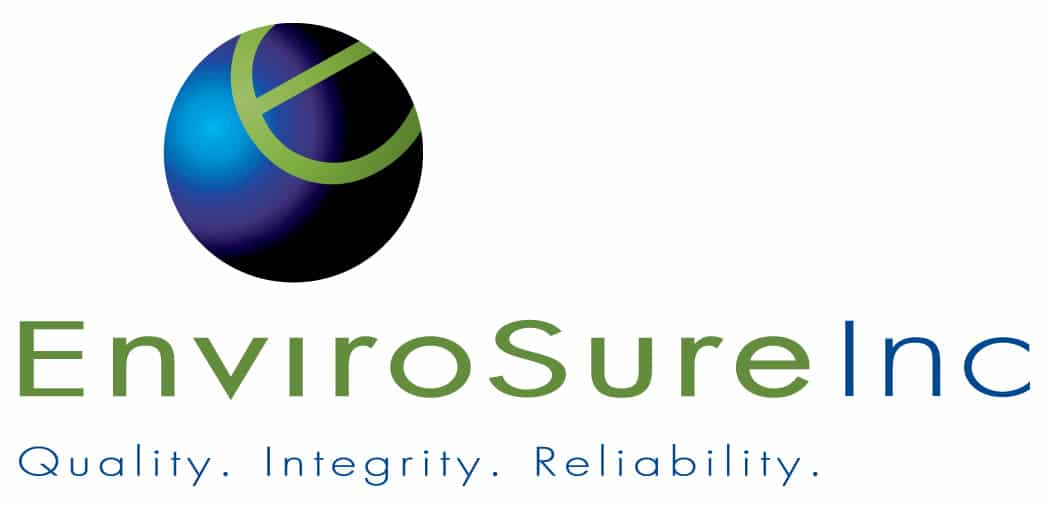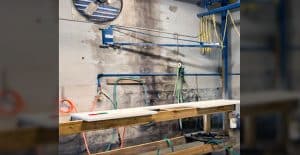EnviroSure/ETI was contracted to conduct several rounds of personal exposure air monitoring for respirable silica and respirable nuisance dust to determine the levels that workers were exposed to during their countertop manufacturing/finishing. During the course of the sampling events, the client worked to improve engineering controls and work practices to meet the OSHA requirements. Personal air monitoring was conducted for compliance with the OSHA Air Contaminant Standard (29 CFR 1910.1000) and the OSHA Crystalline Silica Rule.
OSHA states that the employer must reduce airborne dust levels which exceed The Air Contaminant Standard through administrative or engineering controls whenever feasible. When such controls are not feasible, to achieve full compliance, protective measures, shall be used to keep the exposure of employees to air contaminants below the Permissible Exposure Levels.
In order to collect the exposure data, individual workers wore calibrated personal air monitoring equipment that continuously collected dust onto filter cassettes. Additionally, their work practices, use of PPE, and engineering controls were documented by EnviroSure/ETI’s Industrial Hygiene staff. Data collected was summarized into a report that discusses the results with respect to the OSHA 8-hour Time Weighted Average (TWA) and Permissible Exposure Levels (PELs) and Action Level (AL) for crystalline silica. This data was used by the client to improve the overall safety of their facility, determine if respirators were necessary, to educate their staff to limit their personal exposure, and to meet the OSHA requirements.

